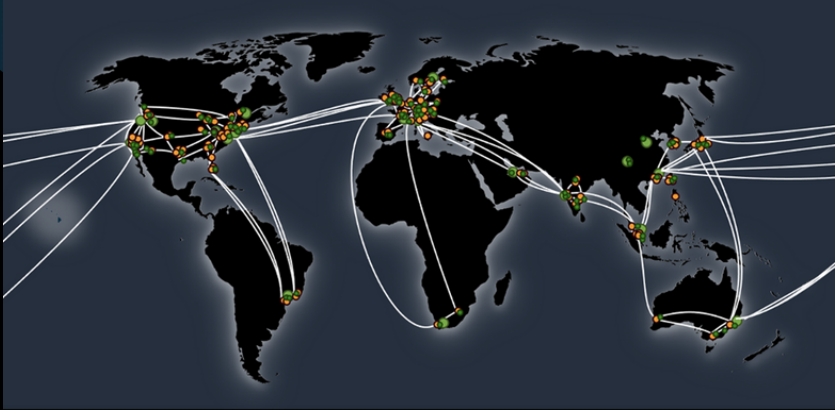Devops
AWS Regions and Availability Zones.
Amazon Web Services (AWS) is renowned for its global cloud infrastructure, designed to offer high availability, fault tolerance, and scalability. At the heart of this infrastructure are AWS Regions and Availability Zones (AZs). Understanding these concepts is crucial for deploying resilient and efficient applications on AWS. This
article will delve into the definitions, explanations, advantages, use cases, and real-life examples of AWS Regions and AZs.

What are AWS Regions?
AWS Regions are separate geographic areas around the world, such as North America, Europe, Asia, etc. Each Region is a collection of Availability Zones, which are isolated locations within a Region. AWS operates
many Regions worldwide, allowing users to deploy their applications close to their end-users, reducing latency and improving performance.
Definition and Explanation:
- AWS Region: A specific geographical location hosting two or more
- Availability Zones.
- Purpose: Regions enable users to deploy applications and data acros multiple locations to enhance availability, reduce latency, and comply with regulatory requirements.
What are Availability Zones?
Availability Zones are distinct locations within a Region that are engineered to be isolated from failures in other AZs. They offer the ability to operate production applications and databases that are more highly
available, fault-tolerant, and scalable than would be possible from a single data center.
Definition and Explanation?
Availability Zone: A data center or cluster of data centers within a Region that is designed to be insulated from failures in other AZs.
Purpose: AZs provide a foundation for building highly available and fault-tolerant applications by distributing them across multiple, isolated locations within a Region.
Advantages of Using AWS
Regions and AZs
Enhanced Reliability and Fault Tolerance
By distributing your applications and data across multiple AZs within a Region, you can achieve higher levels of fault tolerance. In the event of an AZ failure, your application can continue to operate from other AZs, ensuring uninterrupted service.
Reduced Latency:
Selecting a Region closest to your end-users can significantly reduce latency, improving the user experience for your applications.
Compliance and Data Sovereignty:
Regions allow you to store data in specific geographic locations, meeting legal or regulatory requirements regarding data sovereignty.
Use Cases and Real-Life Examples
Global Web Application
A company deploying a web application for a global audience can use multiple Regions to serve content from the closest Region to the user, reducing latency and improving load times.
Disaster Recovery:
By using multiple AZs within a Region or across Regions, businesses can implement disaster recovery strategies that allow for rapid recovery of IT systems without data loss in the case of a disaster.
High Availability Database:
AWS Regions and Availability Zones are fundamental components of AWS’s global infrastructure, offering significant advantages in terms of availability, fault tolerance, performance, and compliance. By strategically deploying applications and data across these geographic constructs, AWS users can ensure their systems are resilient, responsive, and compliant with regulatory requirements. Whether you’re running a global application, implementing a robust disaster recovery plan, or requiring high availability for critical databases, understanding and leveraging AWS Regions and AZs is key to achieving your objectives.


